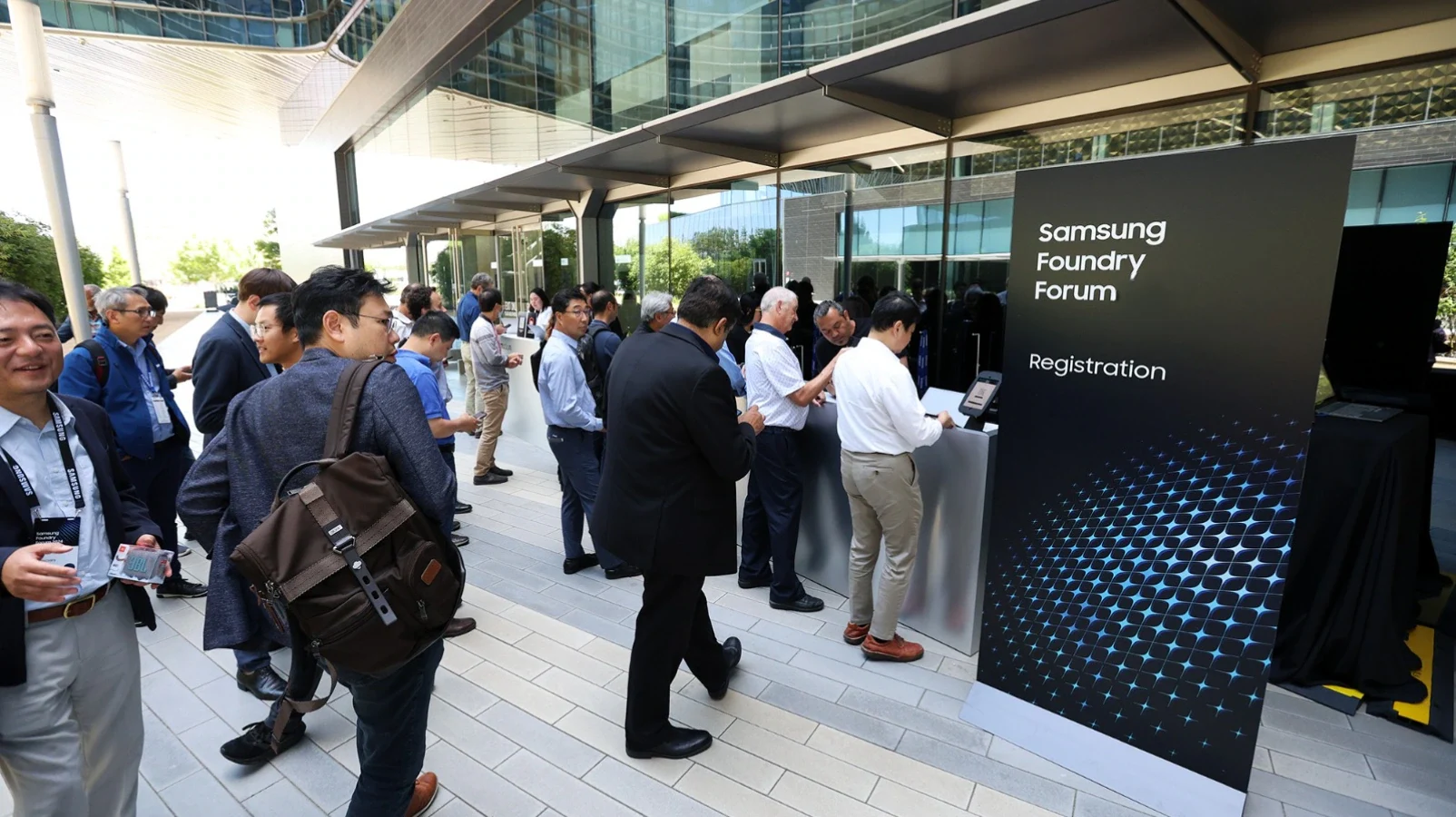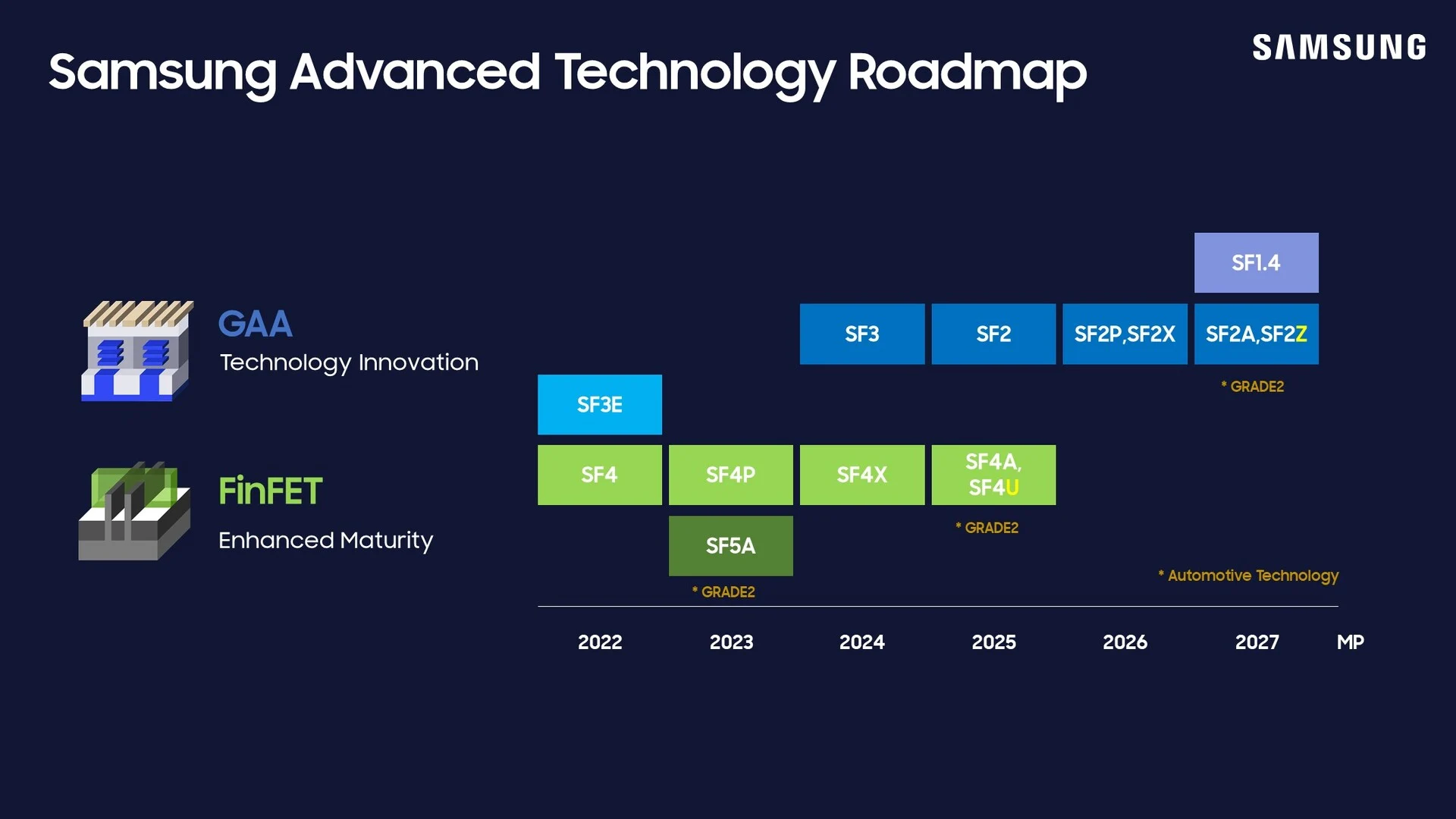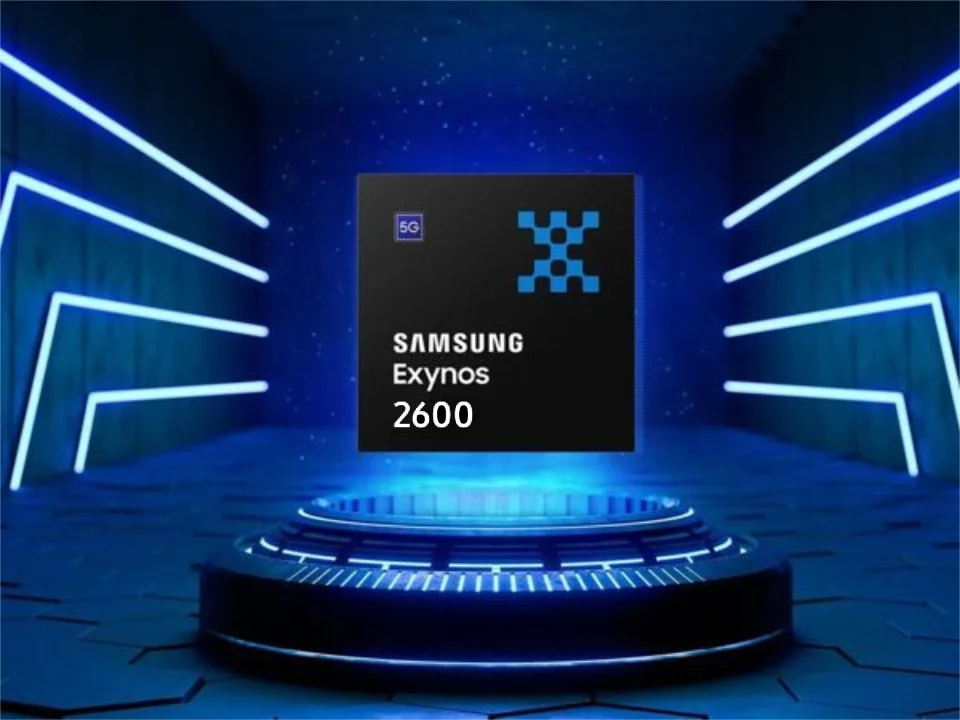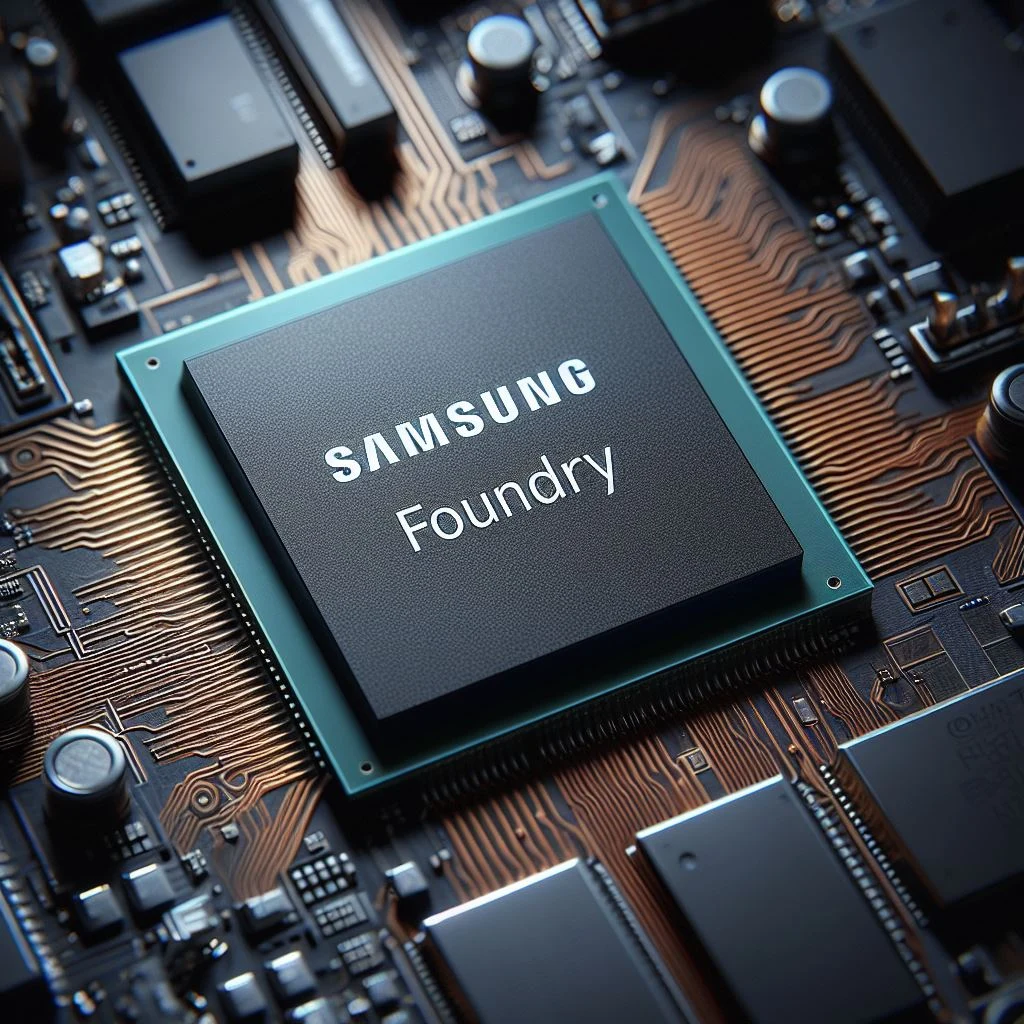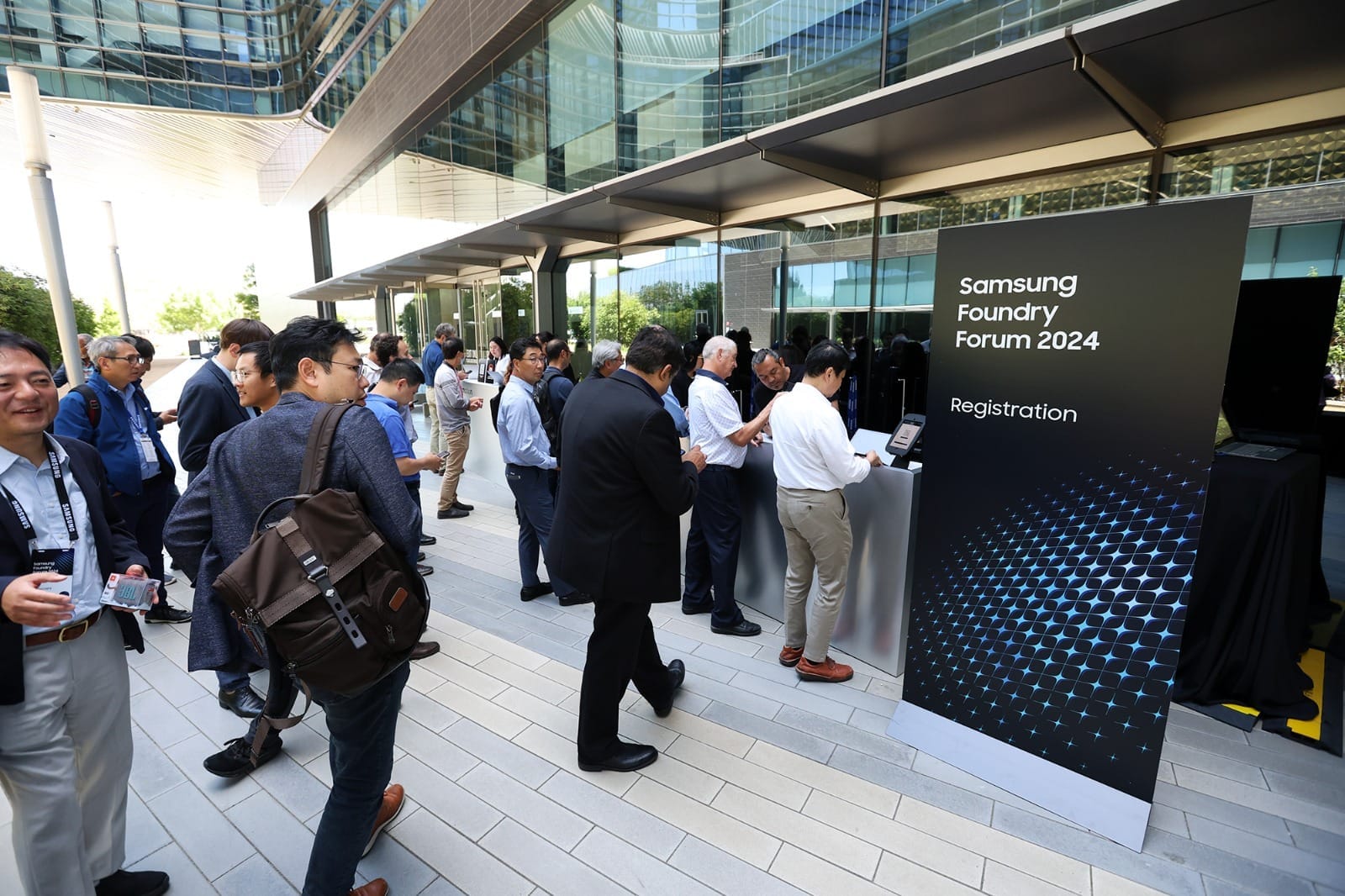Key Takeaways
1. The Nintendo Switch 2 sold over 3.5 million units within four days of its release.
2. Sales for the Switch 2 are expected to grow as it becomes available in more regions.
3. The Switch 2 aims to surpass recent handheld consoles, which collectively sold around 6 million units since 2022.
4. The predecessor of the Switch 2 sold around 150 million units, nearing the PlayStation 2’s record of 160 million.
5. Samsung Foundry is benefiting from the Switch 2’s success, projecting $1.2 billion in earnings from the Tegra T239 SoC.
Nintendo has shared impressive news about the Switch 2’s sales performance. In just four days after its release, the console has already sold over 3.5 million units. This isn’t too shocking, considering it was a highly anticipated upgrade to an already beloved gaming system. It’s likely that these numbers will continue to grow in the next few months as the console becomes available in more regions.
Switch 2’s Sales Projections
The Nintendo Switch 2 is set to become a top seller among handheld consoles from the last three years. According to IDC (via The Verge), the combined sales of the ROG Ally, Steam Deck, Lenovo Legion Go, and MSI Claw have reached around 6 million units since 2022. While achieving 4.5 million sales in such a short time is notable, the Switch 2 still has a long journey ahead. Its predecessor managed to sell around 150 million units overall, which is just a bit shy of the 160 million record held by the PlayStation 2.
Impact on Partners
The remarkable success of the Nintendo Switch 2 has also positively influenced an unexpected ally: Samsung Foundry. The chip manufacturing sector of Samsung had been facing difficulties due to low demand and subpar production yields. The Tegra T239 SoC, which powers the console and is produced on Samsung’s 8 nm node, is projected to bring in $1.2 billion in earnings. Furthermore, Nintendo may utilize its 5 nm technology for a future ‘performance enhanced’ model of the Switch 2.
Source:
Link


